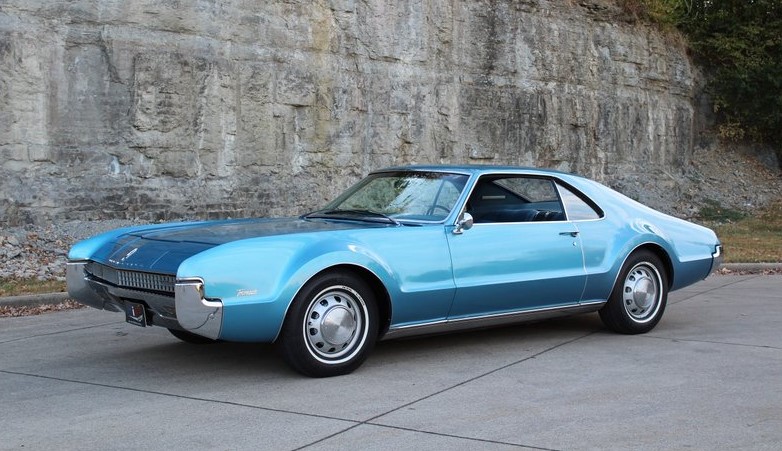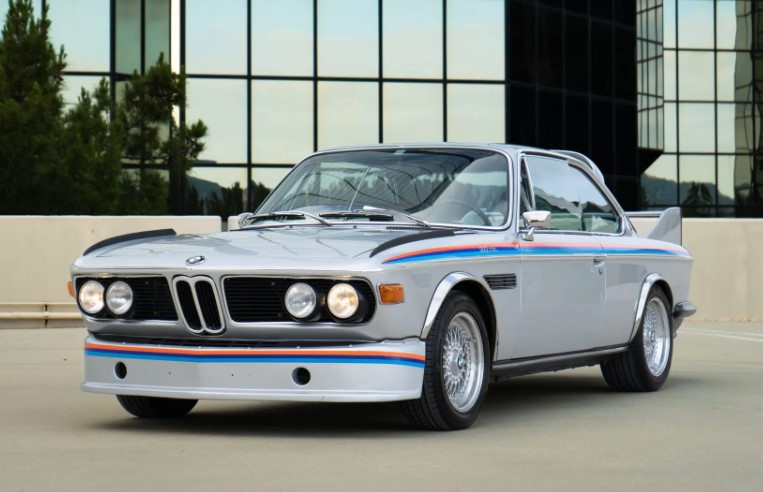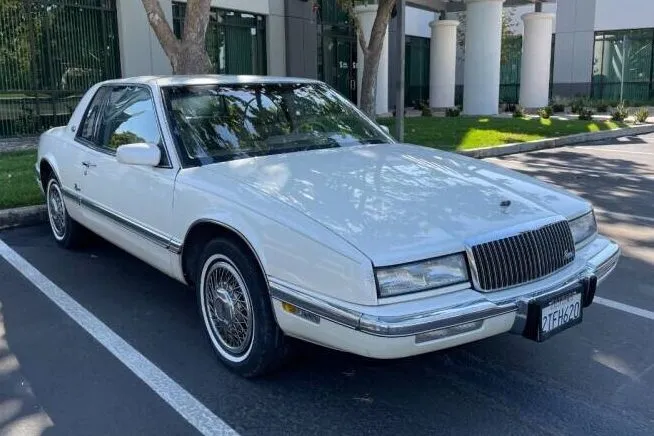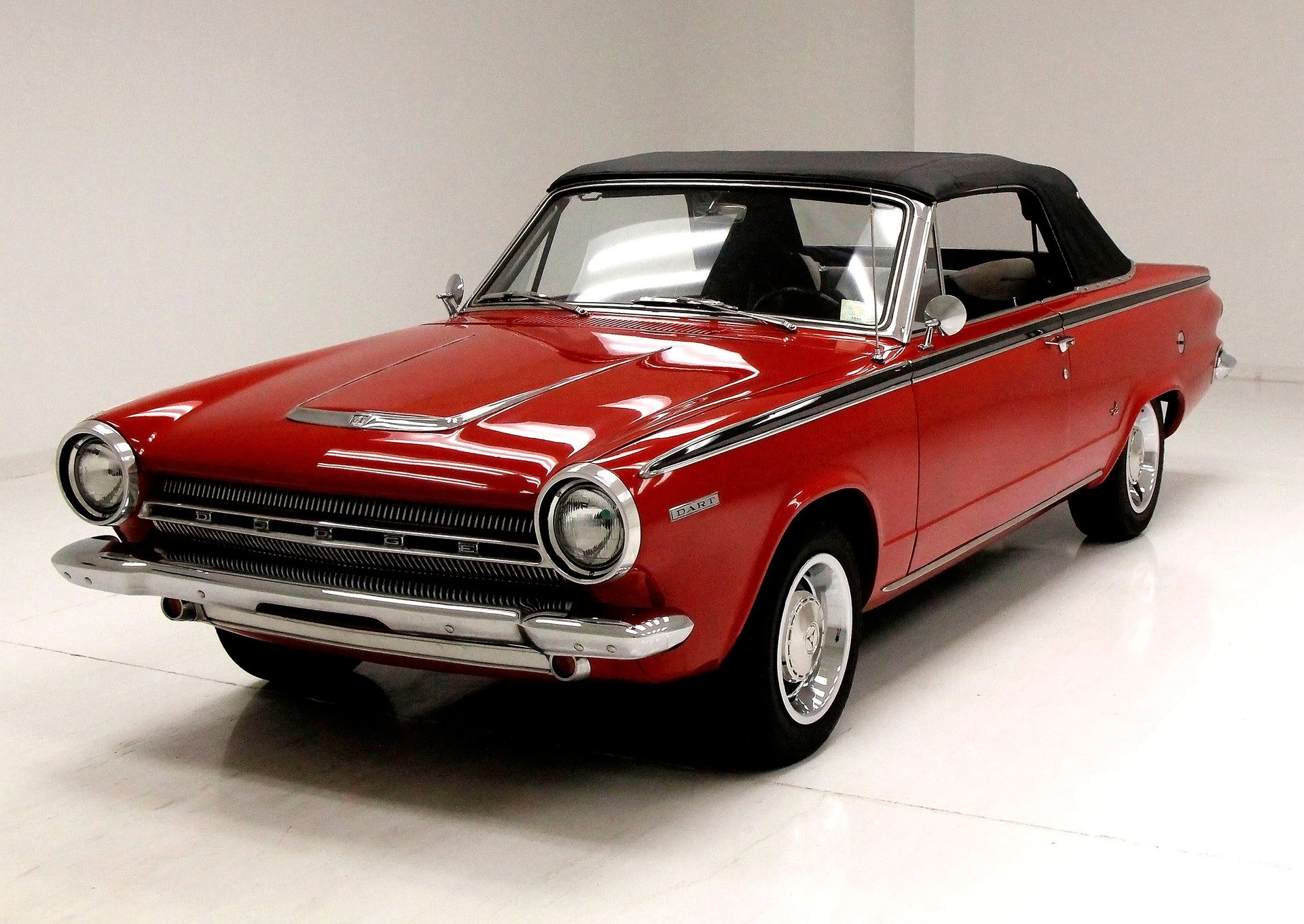In the annals of automotive history, few cars have left as indelible a mark as the 1963 Chevrolet Corvette Sting Ray. It represents a harmonious blend of breathtaking design, cutting-edge engineering, and pure driving exhilaration. The Sting Ray not only revitalized the Corvette brand but also set a new standard for American sports cars. In this article, we'll embark on a journey through time to explore the history, design, features, and enduring legacy of the 1963 Chevrolet Corvette Sting Ray.
The Birth of the Sting Ray
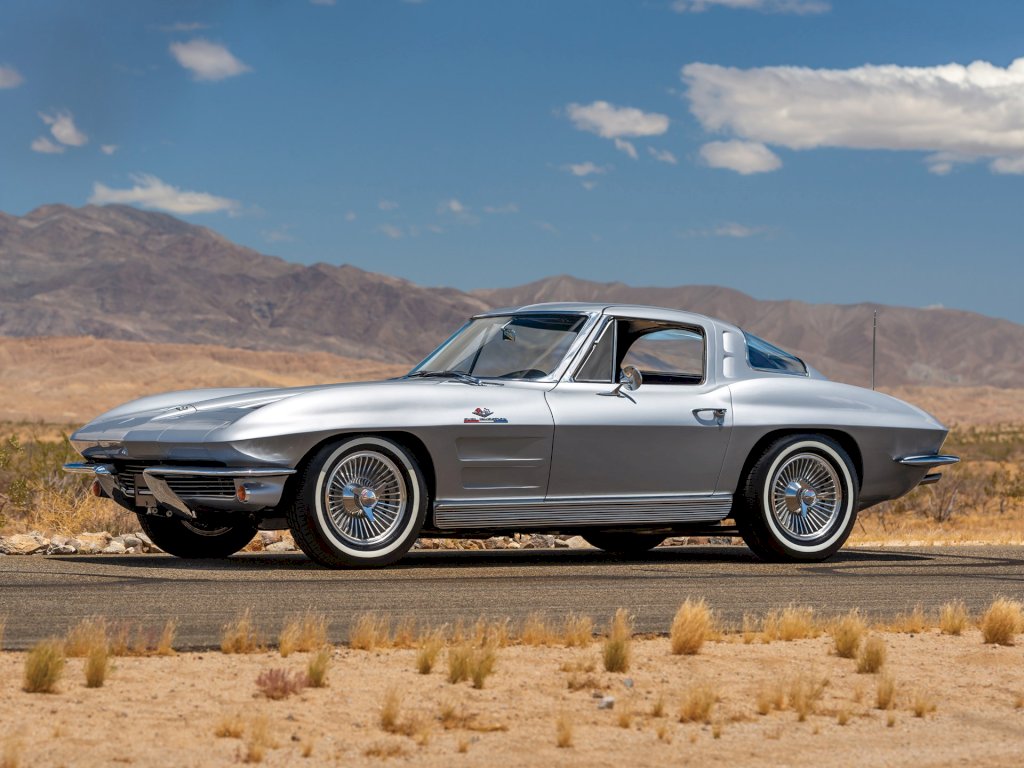
The Corvette, first introduced by Chevrolet in 1953, was America's first true sports car. Over the years, it underwent several design changes and improvements, gradually evolving into a more performance-oriented vehicle. By the early 1960s, Chevrolet saw an opportunity to create a groundbreaking sports car that would not only outperform its competitors but also showcase innovative design elements.
The result was the 1963 Corvette Sting Ray, a vehicle that was far ahead of its time. The name "Sting Ray" was chosen to evoke the image of a sleek and powerful marine predator, perfectly reflecting the car's aggressive and dynamic appearance.
Design and Styling

The design of the 1963 Corvette Sting Ray was the brainchild of Bill Mitchell, Chevrolet's chief stylist. Drawing inspiration from European sports cars and the aviation industry, Mitchell sought to create a car that would not only be visually stunning but also functional in terms of aerodynamics and handling.
The most notable feature of the Sting Ray's design was its split rear window, a distinctive and controversial element that divided opinions among enthusiasts and critics alike. The split window not only added to the car's aesthetic appeal but also improved rear visibility. However, the split window was eliminated in the subsequent model year due to safety concerns and limited visibility.

The Sting Ray's overall styling was characterized by its sleek, low-slung profile, and hidden headlights, which gave the car a dynamic and aggressive appearance. The car's body was made of fiberglass, a lightweight material that contributed to its impressive performance.
Interior and Features

Inside the 1963 Corvette Sting Ray, the focus was on creating a driver-oriented cockpit that would enhance the driving experience. The car featured a new instrument panel with easily accessible gauges and controls, as well as comfortable bucket seats that provided ample support during spirited driving.
Notably, the 1963 Sting Ray was the first Corvette to feature a practical trunk space, thanks to its innovative split rear window design. This improvement made the Sting Ray a more practical sports car for daily use and weekend getaways.
Under the Hood
The 1963 Corvette Sting Ray was offered with several engine options, catering to a wide range of performance preferences. The base engine was a 327 cubic-inch V8 that produced 250 horsepower, while optional upgrades included a 300-horsepower version and a high-performance fuel-injected V8 that generated an impressive 360 horsepower.
The high-performance engine, known as the "fuelie," was a technological marvel at the time, featuring mechanical fuel injection that delivered precise amounts of fuel to each cylinder, resulting in improved power and efficiency.
The Sting Ray was also available with a three-speed manual transmission as standard, with an optional four-speed manual or a two-speed Powerglide automatic transmission for those seeking more convenience.
Performance and Handling
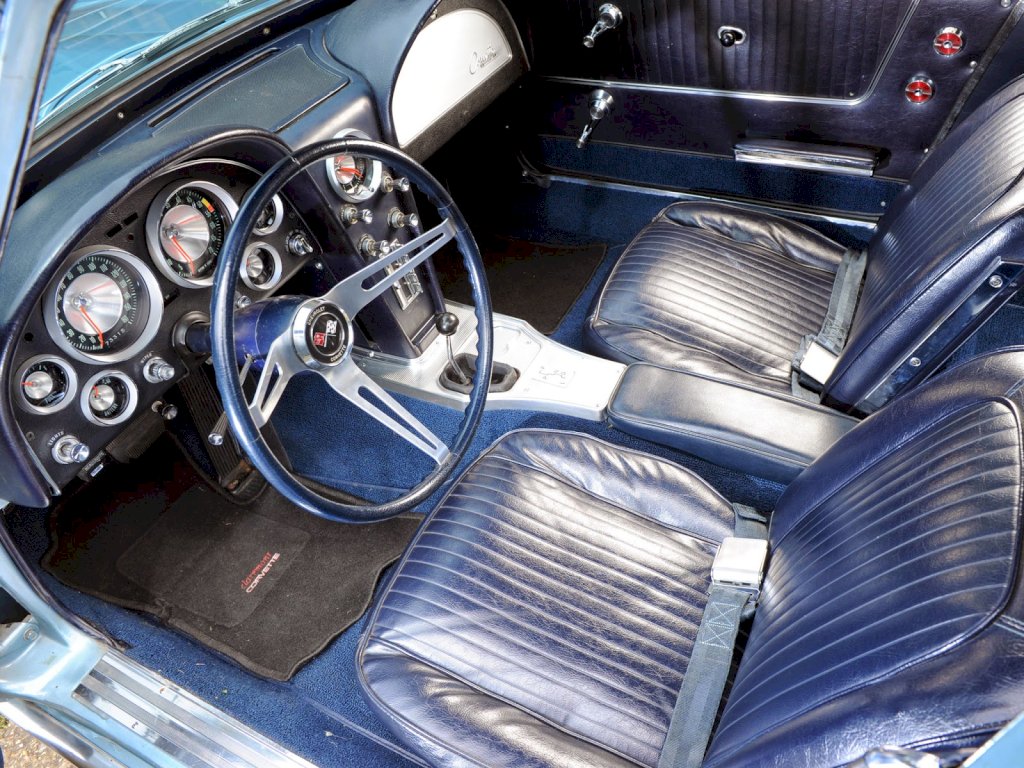
The 1963 Chevrolet Corvette Sting Ray was not just about striking looks; it also delivered impressive performance and handling on the road. Its lightweight fiberglass body and advanced suspension system contributed to nimble and responsive handling, making it a joy to drive on twisty roads and racetracks alike.
The high-performance engine options provided exhilarating acceleration, propelling the Sting Ray from 0 to 60 mph in under six seconds. Its top speed reached approximately 130 mph, making it one of the fastest American cars of its time.
Racing Success
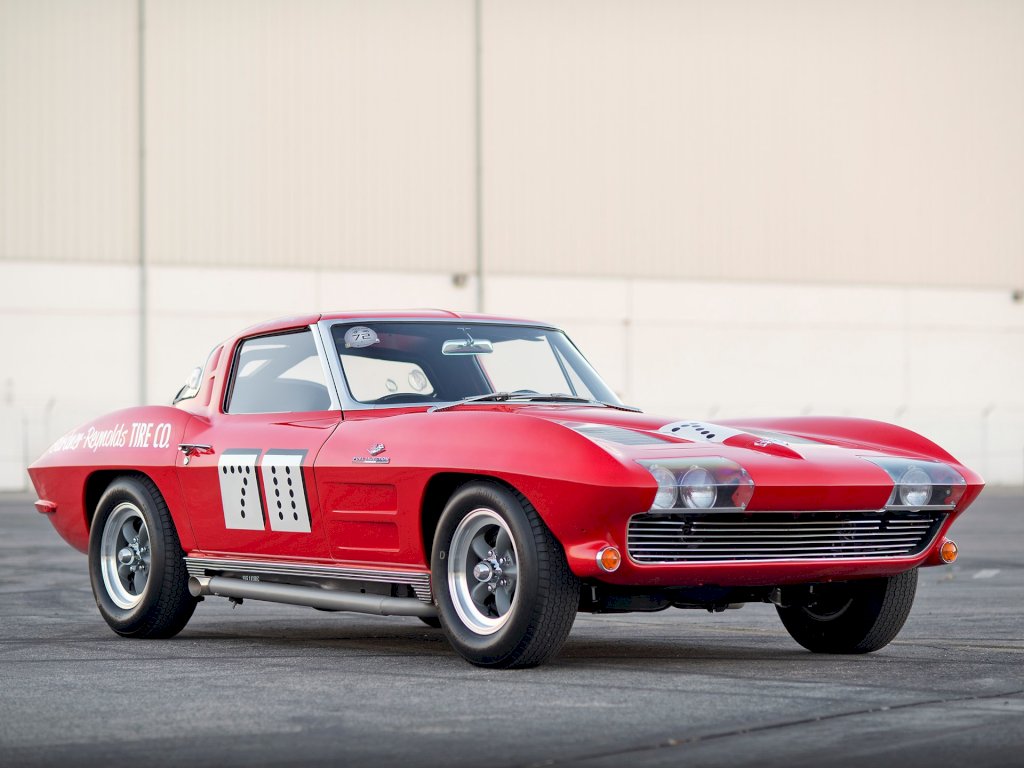
The Corvette Sting Ray's performance capabilities did not go unnoticed on the racing circuit. Chevrolet recognized the potential of the Sting Ray as a competitive racing car and offered the Z06 package as an option for customers. The Z06 package included numerous performance upgrades, such as heavy-duty brakes, a stiffer suspension, and larger wheels, designed to enhance the car's performance on the track.
In 1963, a specially prepared Corvette Sting Ray Z06 made its debut at the 24 Hours of Le Mans race in France, marking the first time a Corvette officially competed in the prestigious endurance race. The Corvette performed admirably, finishing in 5th place in its class and establishing the Sting Ray's reputation as a formidable racing machine.
Cultural Impact and Legacy
The 1963 Chevrolet Corvette Sting Ray made a significant impact on popular culture and the automotive industry. Its revolutionary design and impressive performance set new standards for sports cars of the era.
The Sting Ray's split rear window design, in particular, became an iconic and memorable element that is still celebrated by enthusiasts and collectors today. The car's bold styling influenced subsequent Corvette models and left a lasting impression on automotive design as a whole.
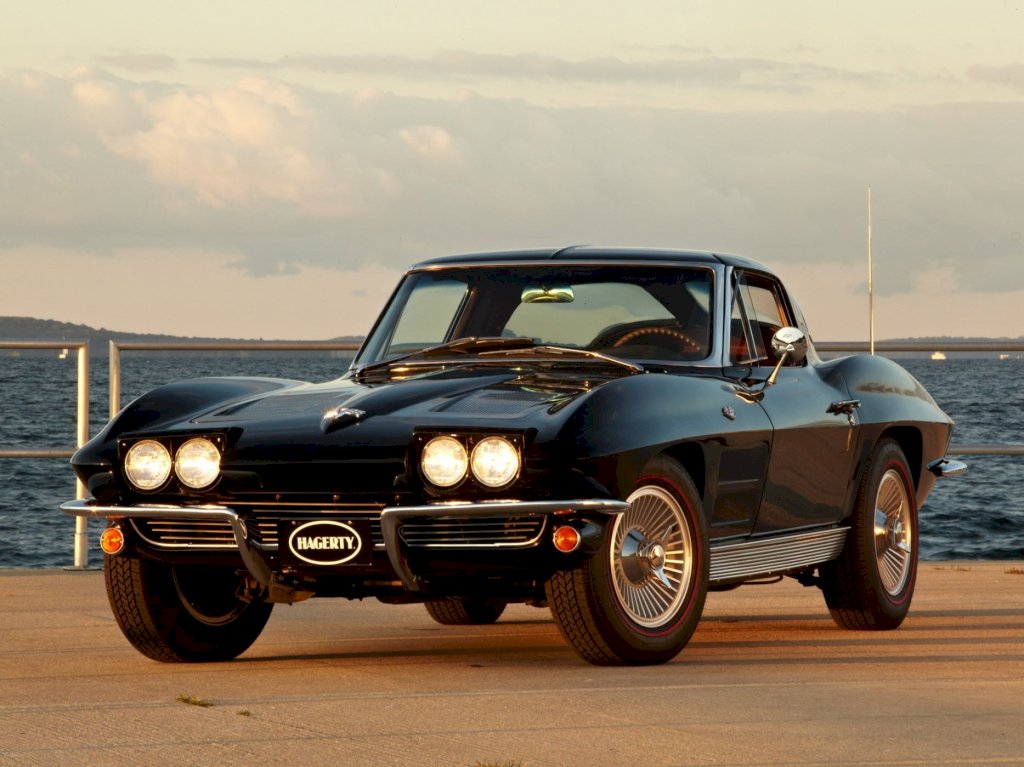
Furthermore, the Sting Ray's successful performance on the racetrack solidified the Corvette's position as a genuine sports car and contributed to the ongoing legacy of the Corvette as a symbol of American performance and ingenuity.
Collectibility and Value

As one of the most sought-after and collectible Corvettes of all time, the 1963 Sting Ray commands a significant premium in the classic car market. Well-preserved examples and those equipped with the high-performance "fuelie" engine are particularly prized by collectors and enthusiasts.
In recent years, the value of the 1963 Sting Ray has surged, reflecting the increasing appreciation for vintage American muscle cars and the enduring appeal of its iconic design. Collectors and automotive enthusiasts are drawn to the Sting Ray's combination of performance, style, and historical significance, making it a prized possession in private collections and prestigious car shows around the world.
Conclusion
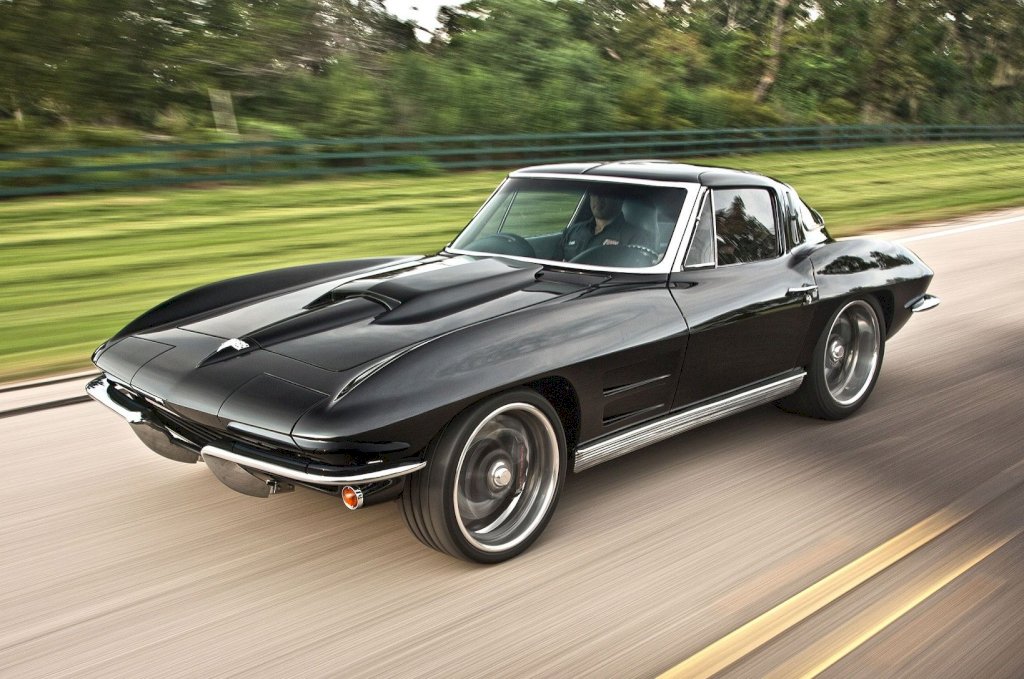
The 1963 Chevrolet Corvette Sting Ray stands as a testament to the innovation, artistry, and engineering prowess of a bygone era in American automotive history. Its groundbreaking design, impressive performance, and cultural impact have solidified its position as an enduring icon of American muscle cars.
The Sting Ray's combination of striking aesthetics, powerful performance, and innovative features set a new standard for sports cars of its time and continues to inspire car enthusiasts and collectors to this day. Its place in automotive history is secured, and its legacy as a timeless classic will continue to captivate generations of enthusiasts for years to come. The 1963 Corvette Sting Ray is not just a car; it is a work of art, a symbol of American ingenuity, and an automotive legend that will forever remain etched in the annals of automotive history.
